Essential Oils for Dogs
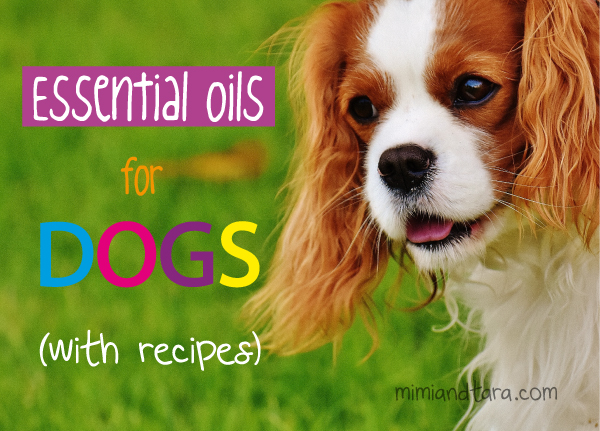
Over the years, essential oils for dogs have become more widely used all over the globe. Essential oils are 100% natural and are derived from plants, trees, flowers, herbs, stems, roots, and more. To date there are over 3000 individual essential oil compounds out there, though that number is growing every single week.
Essential oils however, are nothing new. Since ancient times, essential oils have been utilized for their healing properties. When we think of the healing benefits of essential oils, it’s often humans that first spring to mind, but did you know that our canine companions can also benefit hugely from essential oils, if used correctly? Essential oils for dogs can help neutralize unpleasant odours, they can treat skin allergies, they can prevent fleas and ticks, and much more besides.
How to use essential oils for dogs
To use essential oils for dogs topically, experts ordinarily recommend a 1% dilution for emotional issues and 2-3% dilution for physical issues. We can dilute essential oils on a carrier oil like coconut oil or on water (preferable distilled water). But please note that essential oils do not mix well with water since they are oils so in that case you should shake well the mixture before each use. Always avoid the sensitive areas of their face, eyes, nose, and genital areas.
Inhalation therapy or aromatherapy for dogs works in roughly the same way as it does for humans. Say for example, your dog is stressed or anxious, you can simply diffuse some lavender essential oil into the air with an atomizer diffuser unit or with mist spray bottles to infuse the aromatic scent and healing properties into the environment and it will instantly have a calming effect on your pup.
Essential oil recipes for dogs
Some great essential oil recipes for dogs include:
For ear infections:
Ear infections in dogs are fairly common, and are typically caused by bacteria, ear mites, ingrowing hairs, or open wounds which have become infected. Sometimes trapped water, particularly dirty water, in the ear canal can cause canine infection as well. Simply washing your dog’s ear with an essential oil-based solution can clear the infection up in no time at all. You will need:
– 1 ½ fl.oz. (45ml) of carrier oil (coconut oil)
– 8 drops of Lavender essential oil
– 8 drops Frankincense essential oil
– 8 drops of Basil essential oil
– 8 drops Roman Chamomile essential oil
(note: dilution at 3%)
To make the solution, simply combine all the ingredients together in a glass jar. Apply to cotton ball and rub inside the ear flap to loosen dirt. Do not drip into the ears canal may result in burns to the inner ear. Within a few days the infection should begin to heal nicely.
For skin issues:
If your dog suffers from skin allergies, dermatitis, or eczema you can create an essential oil treatment to moisturize and soothe the skin, while helping to clear up any rashes or inflammation in the process. You will need:
– 2 tablespoons of carrier oil (coconut oil)
– 6 drops of Lavender essential oil
– 4 drops of Roman Chamomile essential oil
– 4 drops of Frankincense essential oil
– 4 drops of vitamin E
(note: dilution at 3%)
Combine all ingredients together and apply a small amount of the mixture to the affected area of the skin carefully twice a day.
For anxiety:
Some dogs can suffer from anxiety, either due to separation anxiety, or perhaps anxiety when around other people, or other dogs. If your dog is particularly anxious, try this next calming recipe for anxiety:
– 1 ½ fl.oz. (45ml) of water
– 5 drops Lavender essential oil
– 4 drops Roman Chamomile essential oil
– 2 fl.oz. (60ml) spray bottle
(note: dilution at 1%)
Simply mix your ingredients together in a spray bottle. Give a gentle shake for 30 seconds. Spray a very light mist over and around your dog for times, except the face, when they are feeling stressed or anxious.
Tip: If the dog feels even more stressed when spraying over him, instead you can apply the mist over a favourite fabric toy, collar/bandana or over the dog’s bed or carpet.
For arthritis and joint pain:
Dogs, especially elderly dogs, can become prone to joint issues such as arthritis. To help ease joint pain and discomfort, try the following recipe:
– 200ml carrier oil coconut oil
– 50 drops of Rosemary essential oil
– 20 drops of Lemongrass essential oil
– 20 drops of Roman Chamomile essential oil
– 20 drops of Peppermint essential oil
(note: dilution at 3%)
Combine all the ingredients together in a suitable bottle and gently massage onto the affected area of your dog twice a day. The soothing and anti-inflammatory properties of the essential oils for dogs will quickly help to ease any joint pain or discomfort in your four-legged companion.
Flea and tick collar:
To make a simple, yet highly effective flea and tick collar for your dog, you will need:
– 1 comfortable fabric dog collar or bandana
– 1 cup of water
– 20 drop of Lavender essential oil
– 8 drop of Citronella essential oil
– 8 drop Cedarwood essential oil
– 8 drop Lemongrass essential oil
(note: dilution at 1%)
Simply combine the ingredients together in a spray bottle and give a gentle shake for 30 seconds. Generously apply them to a fabric collar or bandana and let dry before placing the collar onto your dog. Fleas and ticks will now be repelled from your dog for several weeks.
Toxic essential oils for dogs:
Before we proceed any further, we need to stress the importance of the fact that not all essential oils are safe for dogs. Some are in fact highly toxic, whereas others can be very irritating as they’re perhaps a little too strong. Here are some essential oils you should not use on, or around, your dogs:
Anise (Pimpinella anisum)
Birch (Betula)
Bitter Almond (Prunus dulcis)
Boldo (Peumus boldus)
Calamus (Acorus calamus)
Camphor (Cinnamomum camphora)
Cassia (Cassia fistula)
Chenopodium (Chenopodium album)
Cloves (Syzygium aromaticum)
Garlic (Allium sativum)
Goosefoot (Chenopodium murale)
Horseradish (Armoracia rusticana)
Hyssop (Hyssopus sp. with the exception of Decumbens)
Juniper (Juniperus sp. with the exception of Juniper Berry)
Mugwort (Artemisia vulgaris)
Mustard (Brassica juncea)
Oregano (Origanum vulgare)
Pennyroyal (Mentha pulegium)
Red or White Thyme
Rue (Ruta graveolens)
Santolina (Santolina chamaecyparissus)
Sassafras (Sassafras albidum)
Savory (Satureja)
Tansy (Tanacetum vulgare)
Tea Tree Oil (Melaleuca alternifolia)
Terebinth (Pistacia palaestina)
Thuja (Thuja occidentalis)
Wintergreen (Gaultheria procumbens)
Wormwood (Artemisia absinthium)
Yarrow (Achillea millefolium)
Recommendations and safety precautions:
As you can see from the above, there are a number of essential oils that are not suitable for dogs. We therefore recommend that you always do your research before using any form of essential oils to help benefit your dog, and always use as instructed. There are however, a number of completely safe and hugely beneficial essential oils too, which can work wonders for your dog’s emotional well-being, odour, and health in general. Always dilute your essential oils, and always go for 100% organic and therapeutic-grade essential oils which are of a high quality.
You should also make sure that they are indeed 100% essential oil and are free of synthetic chemicals additives, or preservatives. Never apply an essential oil directly onto your dog’s skin or fur. Essential oils for dogs should always be diluted in water or carrier oil.
Essential oils for dogs should also never be used internally, as they could potentially prove toxic. This means that the essential oils for dogs should only be aromatic, or applied topically. And finally always let to your dog smell each essential oil before using it and let your dog refuse or accept oils. Ensure your dog is able to move away from the diffuser if he doesn’t like it.
Note: Please if you are not sure about using essential oils you can use Hydrosols, also known as “flower waters,” with similar properties to essential oils, but much less concentrated and safer for cats and small mammals.
Important: Keep essential oils bottles away from animals and children.
If irritation occurs (this can happen via topical, diffusion and inhalation) discontinue use of essential oils and remove the animal from the area or flush the area with water or sterile saline solution. if symptoms persist or get worse, contact your veterinarian.







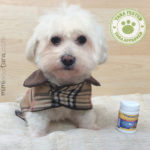

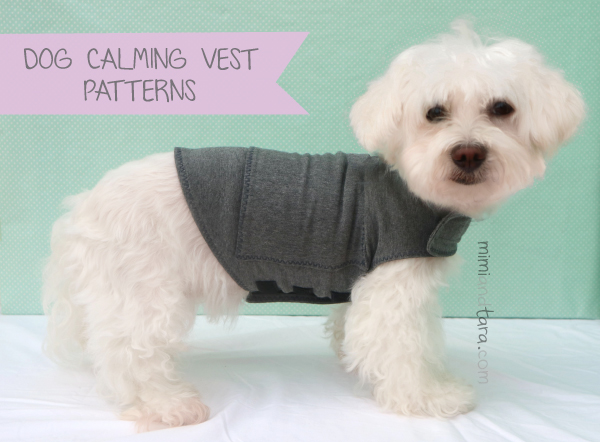
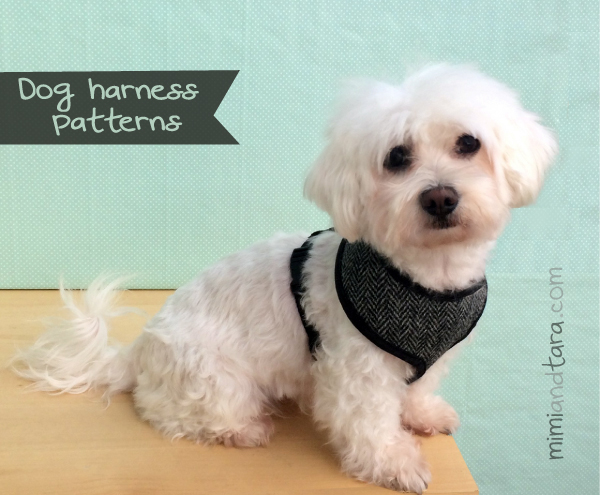
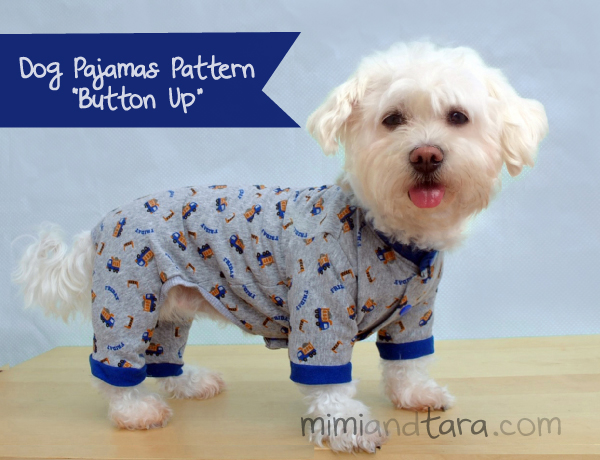
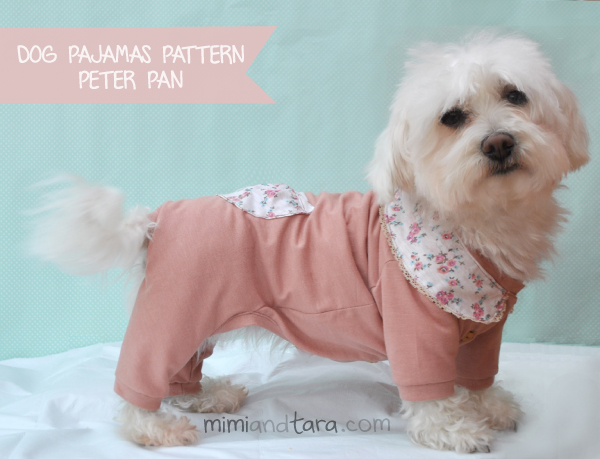


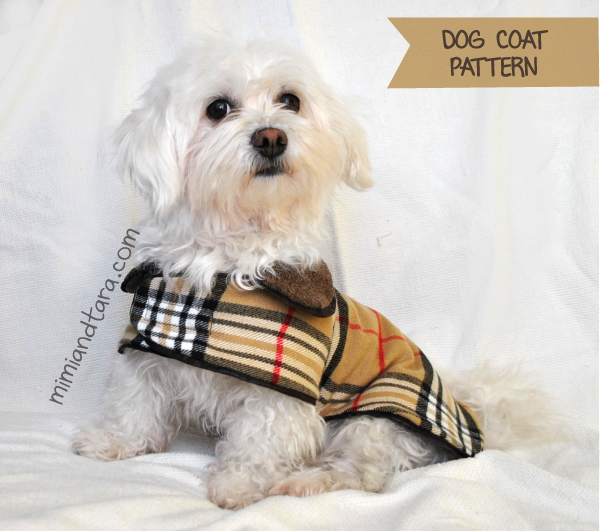

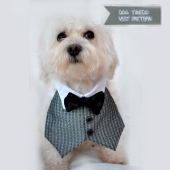








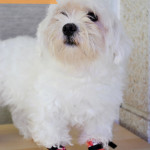


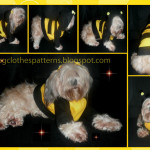



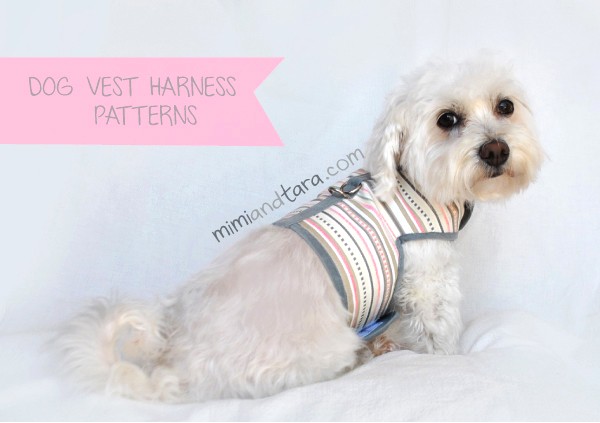








Comments are closed.